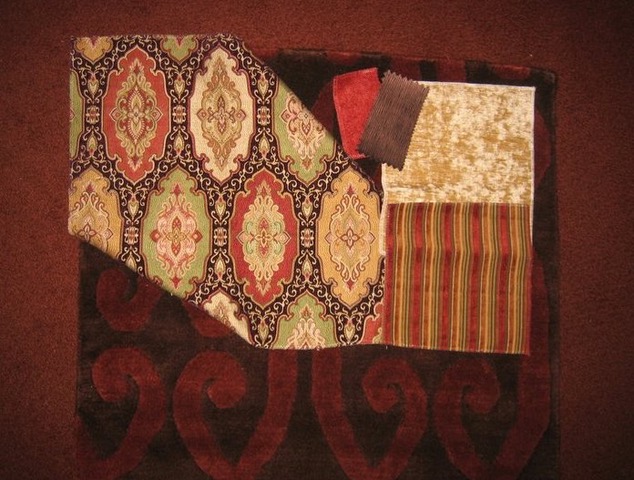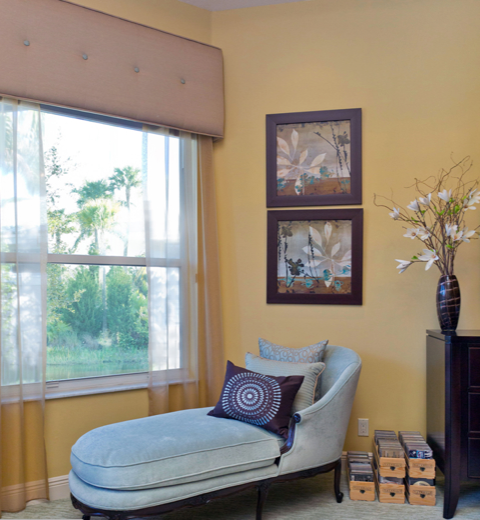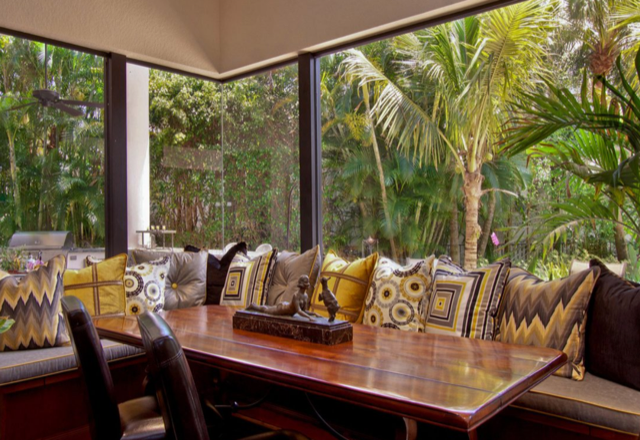You want a new look for your room, home, or office, but have no idea how mixing patterns works. For some people, the simple task of putting together an outfit or choosing the right tie, purse, or shoes can seem daunting. When it comes to your home, the results will last a long time – getting it right the first time can save you a lot of money.
That is why it is often best to hire an interior designer to help with mixing patterns and textures for that perfect look. Yes, you may be spending a bit more money up front, but what you save in the long run is usually worth the expense.
An interior designer knows how to mix patterns and textures. You do not want an abundance of large, geometric shapes that will tax the eye. Too many small design patterns can confuse the eye, especially if you are working with a small space.
Complementing colors are often opposite each other on the color wheel. They may also come from combining certain colors. Such as using blue as the dominant color with yellow and green as accents. Finding a fabric that combines all those elements is an excellent starting point. Choosing a stripe, chevron, or other bold pattern for the main fabric is always a good touch.
In this blog, we will touch mostly on patterns, saving an extensive look at textures for another article.
Dos of Mixing Patterns in Your Home
Interior design has rules, and while nothing is etched in stone (unless part of your design), there are some basic guidelines to follow when mixing patterns in a room.
Know that you can mix solids, stripes, and dots in the same room. Florals are also excellent patterns to mix into the design.
Here are 3 important “Dos” of pattern mixing:
1 – Use shades of the same color. Different shades of a color create a softer, quiet ambiance. The photo below shows the fabrics chosen to accent a brown sofa.

2 – Do use multiple colors but pick one multi-colored fabric and build patterns and textures from there. The chaise featured the dominant color in the room. Colors from the pillow in the front provided additional accents and patterns.

3 – When mixing patterns, make certain they are different. Stripes, dots, ikats, geometrics, or florals can all work together when following the same color scheme as in the kitchen banquet below.

Remember to include some neutral light colors to give the eyes a rest from the chosen patterns. Multiple scale patterns can work as long as they do not contrast too much.
Don’ts of Mixing Patterns in Your Home
Of course, where you have dos, you also have don’ts. Mixing patterns, textures, and colors that do not go well together will tax the eyes and create a space that is the opposite of relaxing and enjoyable.
The 3 important “Don’ts” in the list below will help you avoid making costly mistakes:
1 – Don’t be inconsistent with the quality of the fabric. Using an inexpensive fabric will not wear well in the long run and can lead you to increased costs down the road.
2 – Do not choose a fabric that does not belong. If you use very soft colors for a bedroom, the one lipstick red chevron with big yellow dots will ruin the feel.
3 – Avoid using large-scaled patterns on smaller accent pieces, such as throw pillows. They are best meant for larger items like beds, walls, or wherever a large repeat is needed.
One last word of advice – avoid mixing patterns and colors that are too busy. Visually, it is too much to look at and will be competing for your attention.
You can also contact HK Interiors to discover how our interior design services can help you transform your home or office into the vision you desire. Call 954-401-8542 today for all your interior design needs.
